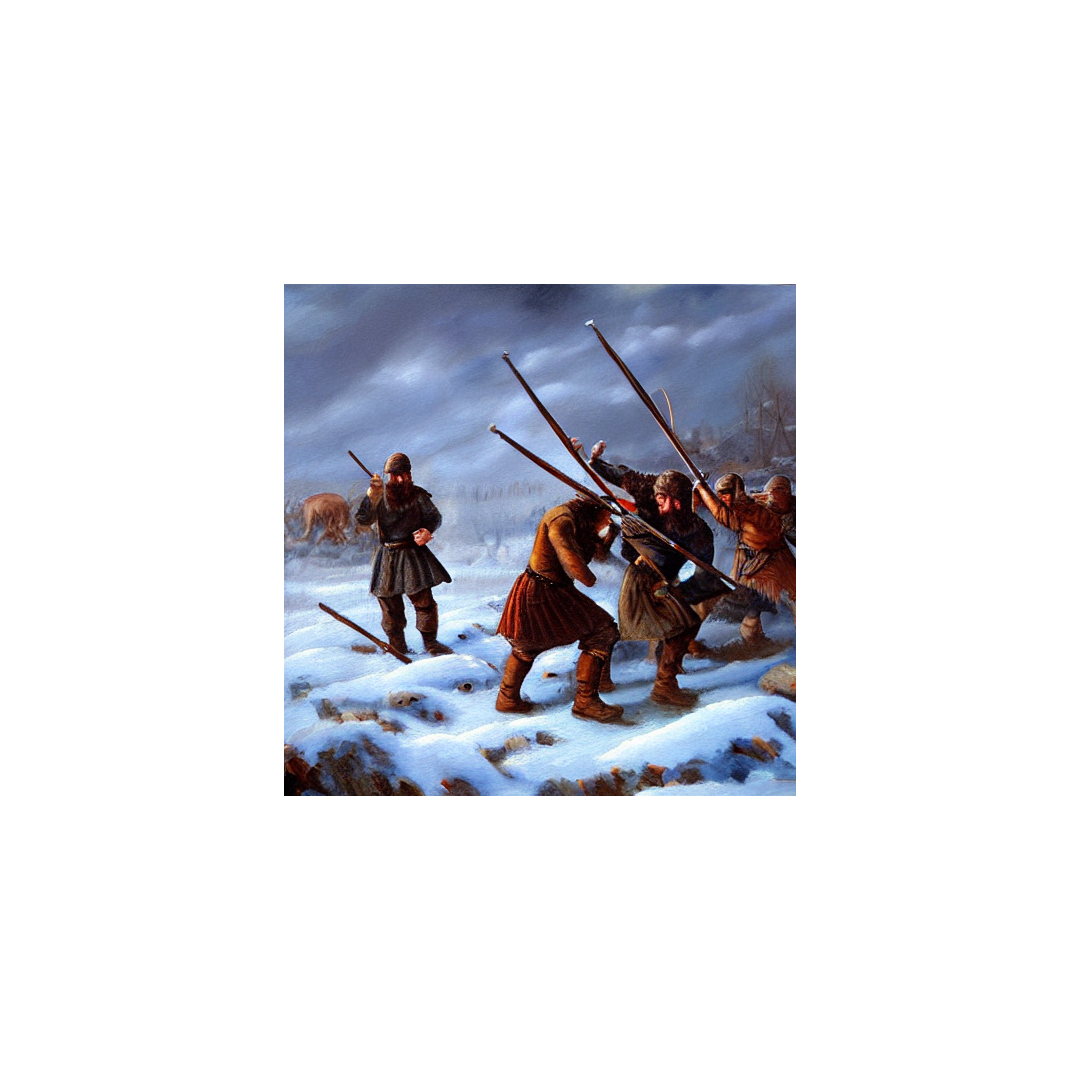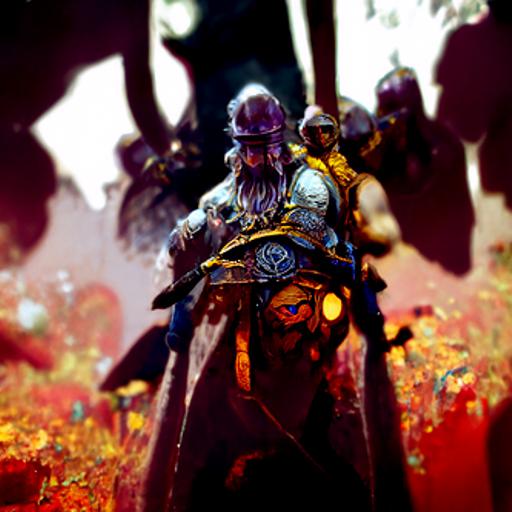Gói was an important month in the Norse calendar, marking the end of winter and the beginning of the thaw. In this blog post, we will explore the significance of Gói in Norse mythology and culture, as well as how it was celebrated by the Vikings.
In Norse mythology, Gói is associated with the goddess Frigg, who was the wife of Odin and the goddess of love, fertility, and marriage. Frigg was often honored during this month with offerings of food and drink, as well as prayers for good marriages and healthy childbirths.

Gói was also a time for the Vikings to prepare for the coming spring and summer. They would repair their boats and farming equipment, as well as begin planting their crops. The thaw also allowed for easier travel and exploration, so the Vikings would often set out on expeditions to raid or trade with neighboring lands.
To celebrate Gói, the Vikings would hold feasts and festivals with plenty of food and drink. The traditional Gói feast was called the Góablot, which included offerings to the gods and a communal meal of meat, fish, and ale. During this feast, the Vikings would also tell stories and recite poems about their ancestors and heroes.
In modern times, some people still celebrate Gói as part of their Norse pagan or Heathen beliefs. They may hold private rituals or attend public gatherings to honor Frigg and the coming of spring.
Works Cited:
"Old Norse Calendar." Wikipedia, Wikimedia Foundation, 16 Mar. 2023, en.wikipedia.org/wiki/Old_Norse_calendar.
"Viking Age Month Names." Hurstwic, 2021, hurstwic.org/history/articles/daily_living/text/viking_age_month_names.htm.
"Dísablót and the Disir." The Longship, The Troth, 2023, thetroth.org/resources/the-longship/dsablt-and-the-disir/.
"The Norse Goddess Frigg." Norse Mythology for Smart People, 2023, norse-mythology.org/gods-and-creatures/the-aesir-gods-and-goddesses/frigg/.





Leave a comment
This site is protected by hCaptcha and the hCaptcha Privacy Policy and Terms of Service apply.